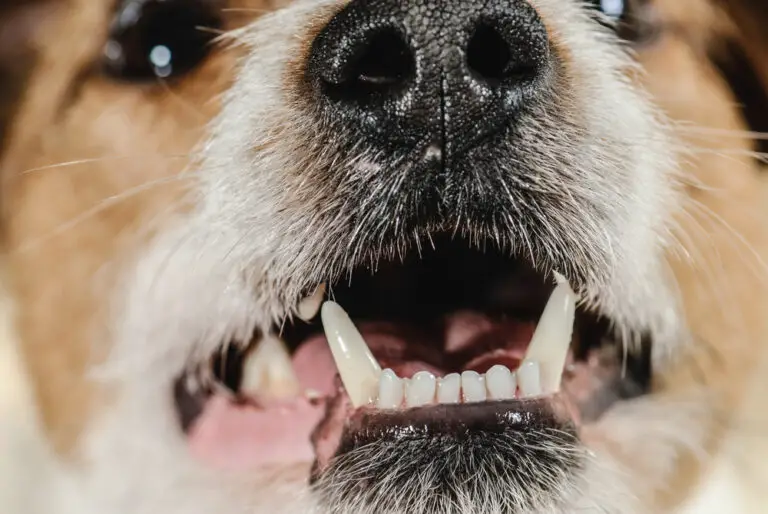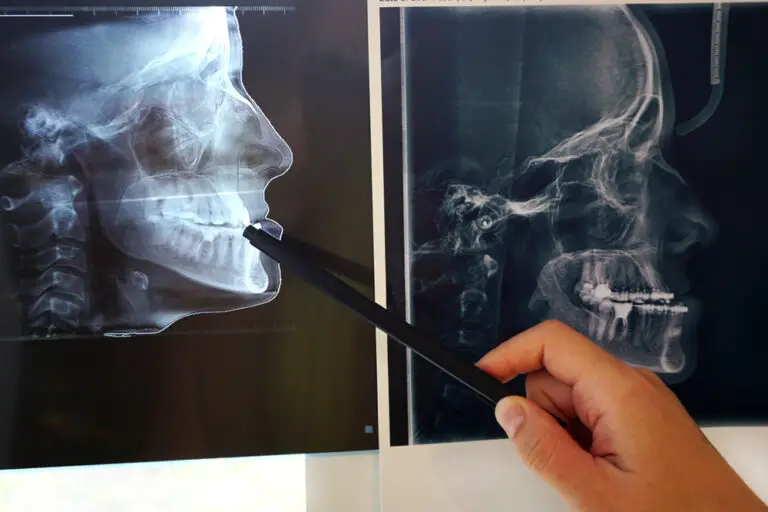If you’re experiencing tooth pain or discomfort, you may be wondering if it’s necessary to visit the dentist for a tooth extraction. The thought of having a tooth removed may seem daunting, but it can be a necessary procedure to improve your dental health and alleviate pain. However, before you ask your dentist to remove a tooth, it’s important to understand the reasons why a tooth may need to be extracted.
There are several reasons why a dentist may recommend a tooth extraction. One of the most common reasons is tooth decay that has progressed to the point where the tooth cannot be saved with a filling or crown. Other reasons may include gum disease, trauma to the tooth, or overcrowding in the mouth. If you’re experiencing severe pain or swelling, your dentist may recommend a tooth extraction to alleviate your symptoms and prevent further damage to your dental health.
Understanding Tooth Extraction
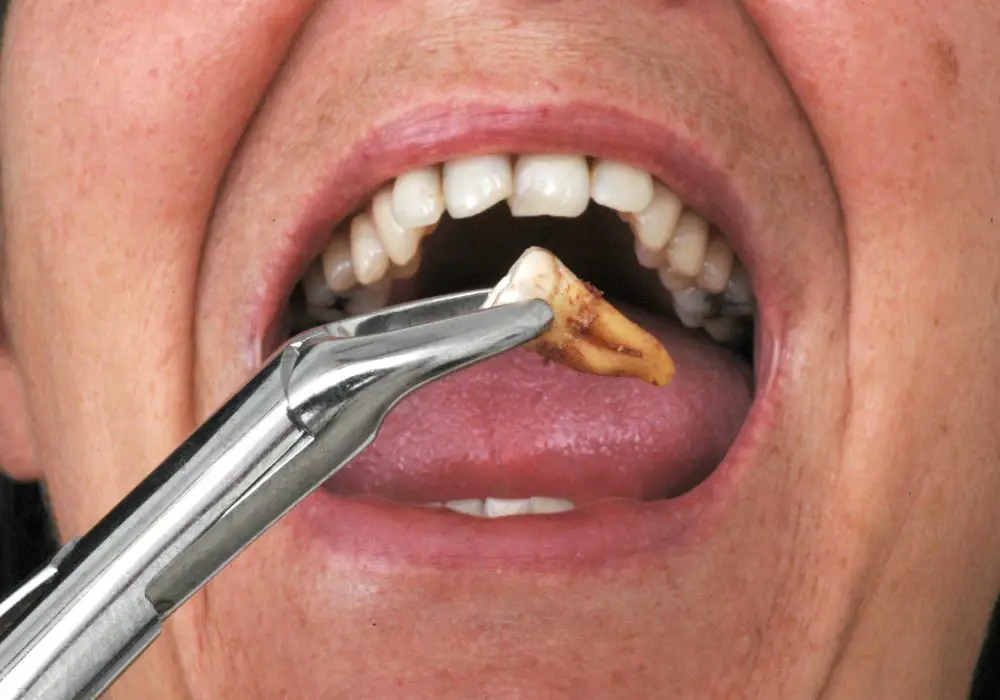
If you’re experiencing tooth pain or discomfort, you may be wondering if you should ask your dentist to remove the tooth. Tooth extraction is a common dental procedure that involves removing a tooth from its socket in the jawbone. Here is what you need to know about tooth extraction.
Reasons for Tooth Extraction
There are several reasons why you may need a tooth extraction. Some of the most common reasons include:
- Severe tooth decay or damage that cannot be repaired with a filling, crown, or other dental treatment.
- Gum disease that has caused the tooth to become loose.
- Overcrowding of teeth, which may be causing misalignment or other dental problems.
- Impacted wisdom teeth, which can cause pain, infection, and other complications.
- Preparation for orthodontic treatment.
Types of Tooth Extraction
There are two main types of tooth extraction: simple and surgical.
- Simple extraction: This type of extraction is used for teeth that are visible in the mouth and can be easily removed with forceps. Your dentist will numb the area with a local anesthetic before removing the tooth.
- Surgical extraction: This type of extraction is used for teeth that are not visible in the mouth, such as impacted wisdom teeth. Your dentist or oral surgeon will make a small incision in the gum tissue to access the tooth and may need to remove it in pieces.
Your dentist will determine which type of extraction is best for your situation based on the location and condition of the tooth.
It’s important to note that tooth extraction is a serious dental procedure that should only be performed when necessary. If you’re experiencing tooth pain or discomfort, schedule an appointment with your dentist to discuss your options and determine the best course of treatment.
Consulting Your Dentist
If you are considering asking your dentist to remove a tooth, it’s important to consult with them first. Here are some tips to help you prepare for your appointment and questions to ask your dentist.
Preparing for the Appointment
Before your appointment, it’s important to make a list of any questions or concerns you may have. You should also gather any relevant medical information, such as medications you are taking or medical conditions you have.
During the appointment, your dentist will examine your teeth and discuss your options with you. They may take x-rays to get a better look at the tooth or teeth in question.
Questions to Ask
Here are some questions you may want to ask your dentist:
- Why do you recommend removing the tooth?
- What are the risks and benefits of removing the tooth?
- What are the alternatives to removing the tooth?
- What is the recovery process like?
- How much will it cost?
- Will my insurance cover the procedure?
- Are there any special instructions I need to follow after the procedure?
It’s important to ask any questions you have and to make sure you understand the answers. Your dentist should be happy to answer any questions you have and to help you make an informed decision about your dental care.
Remember, removing a tooth is a serious decision and should not be taken lightly. Make sure you have all the information you need before making a decision.
The Extraction Procedure
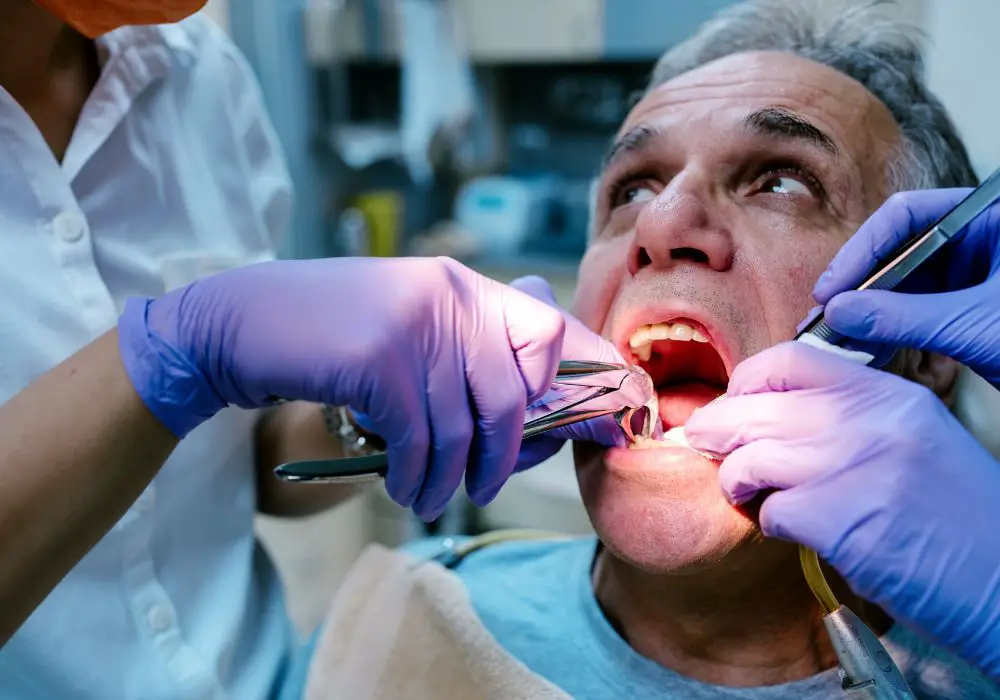
If you’ve decided to have a tooth extracted, it’s important to know what to expect during the extraction procedure. Here’s a breakdown of what happens before, during, and after the procedure.
Before the Procedure
Before your tooth is extracted, your dentist will take X-rays to determine the shape, size, and position of the tooth. They will also review your medical history to make sure you’re healthy enough for the procedure. You may be asked to stop taking certain medications or avoid eating or drinking anything for a few hours before the procedure.
During the Procedure
During the extraction procedure, your dentist will numb the area around the tooth with a local anesthetic. If you’re anxious or nervous, your dentist may also offer sedation to help you relax. Once the area is numb, your dentist will use a special tool to loosen the tooth from the gum and jawbone. If the tooth is impacted or difficult to remove, your dentist may need to make a small incision in the gum to access the tooth.
Once the tooth is loosened, your dentist will gently rock it back and forth to loosen it further. Finally, your dentist will use forceps to remove the tooth from the socket. If necessary, your dentist may place stitches to close the gum over the extraction site.
After the Procedure
After the tooth is extracted, your dentist will give you gauze to bite down on to help stop the bleeding. You’ll need to keep the gauze in place for about 30-45 minutes. Your dentist may also give you instructions on how to care for the extraction site at home, including:
- Avoiding smoking or using a straw for at least 24 hours
- Eating soft foods for the first few days
- Rinsing your mouth with salt water to promote healing
- Taking pain relievers as directed to manage discomfort
It’s normal to experience some swelling, discomfort, and bleeding after a tooth extraction. However, if you experience severe pain, fever, or excessive bleeding, contact your dentist right away.
Overall, tooth extraction is a common and safe procedure that can help alleviate pain and prevent further dental problems. By knowing what to expect before, during, and after the procedure, you can feel confident and prepared for your tooth extraction.
Risks and Complications
Potential Risks
Tooth extraction is a common dental procedure, but like any medical procedure, it comes with potential risks and complications. Some of the potential risks associated with tooth extraction include:
- Pain and swelling: It is common to experience pain and swelling after a tooth extraction. Your dentist may prescribe pain medication to help manage these symptoms.
- Bleeding: Bleeding is also common after a tooth extraction. Your dentist will give you instructions on how to manage bleeding, such as biting down on gauze.
- Infection: There is a risk of infection after a tooth extraction. Your dentist will likely prescribe antibiotics to help prevent infection.
- Dry socket: Dry socket is a complication that can occur after a tooth extraction. It happens when the blood clot that forms in the socket where the tooth was removed becomes dislodged or dissolves before the socket has a chance to heal.
How to Minimize Risks
While there are potential risks associated with tooth extraction, there are also steps you can take to minimize these risks. Here are a few tips:
- Follow your dentist’s instructions: Your dentist will give you specific instructions on how to care for your mouth after a tooth extraction. It is important to follow these instructions carefully to minimize the risk of complications.
- Don’t smoke: Smoking can increase your risk of complications after a tooth extraction, such as dry socket. If you smoke, try to quit or at least avoid smoking for a few days after the procedure.
- Avoid hard or crunchy foods: Eating hard or crunchy foods can increase your risk of bleeding or dislodging the blood clot in the socket where the tooth was removed. Stick to soft foods for the first few days after the procedure.
- Keep the area clean: It is important to keep the area where the tooth was removed clean to prevent infection. Your dentist may recommend rinsing your mouth with salt water or using a special mouthwash.
By following these tips and working closely with your dentist, you can minimize the risks associated with tooth extraction and ensure a smooth recovery.
Recovery and Aftercare
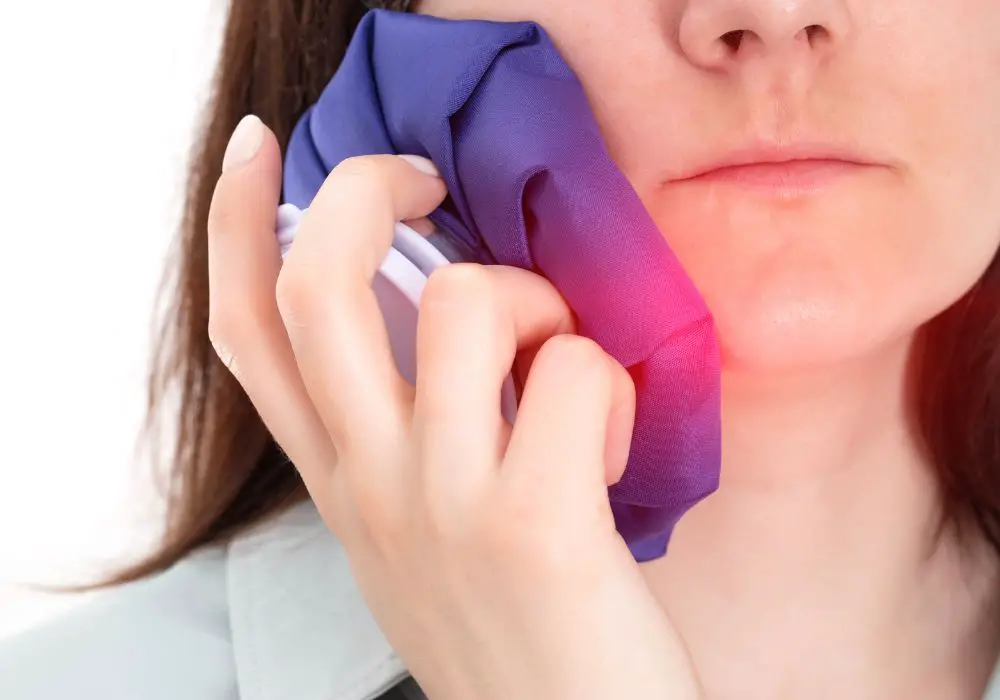
After a tooth extraction, it’s important to take care of the affected area to ensure proper healing and prevent complications. Here are some tips for immediate and long-term aftercare:
Immediate Aftercare
Bite Down Gently: Bite down gently on a gauze pad placed over the extraction site to help stop the bleeding. Keep the gauze in place for 30 to 45 minutes after leaving the dentist’s office.
Apply Ice Packs: Apply ice packs to your cheek for 10 to 20 minutes at a time to reduce swelling and pain.
Take Pain Medication: Take pain medication as prescribed by your dentist or over-the-counter pain relievers such as ibuprofen or acetaminophen to reduce pain and discomfort.
Avoid Rinsing or Spitting: Avoid rinsing or spitting for the first 24 hours after the extraction to allow the blood clot to form and avoid dislodging it.
Eat Soft Foods: Eat soft foods such as soup, yogurt, and applesauce for the first few days after the extraction.
Long-Term Aftercare
Brush and Floss Carefully: Brush and floss your teeth carefully, avoiding the extraction site, to prevent infection and promote healing.
Rinse with Salt Water: Rinse your mouth with salt water several times a day starting 24 hours after the extraction to reduce swelling and promote healing.
Avoid Smoking and Drinking Alcohol: Avoid smoking and drinking alcohol for at least 24 hours after the extraction to prevent dry socket and promote healing.
Attend Follow-Up Appointments: Attend follow-up appointments with your dentist to ensure proper healing and address any complications.
By following these aftercare tips, you can ensure proper healing and prevent complications after a tooth extraction.
Alternatives to Tooth Extraction
If you are worried about getting a tooth extraction, there are alternatives that you can consider. It is always best to discuss your options with your dentist to determine the best course of action for your specific situation.
Root Canal Treatment
One of the main alternatives to tooth extraction is a root canal treatment. This procedure involves removing the infected or damaged pulp from the tooth and replacing it with a filling. This can help save the tooth and prevent the need for extraction.
Root canal treatment is typically done in one or two appointments and is generally less invasive than a tooth extraction. However, it may not be suitable for all cases, such as if the tooth is severely damaged or has a large infection.
Crowns and Bridges
Another alternative to tooth extraction is getting a crown or bridge. A crown is a cap that is placed over a damaged tooth to restore its shape and function. A bridge is a prosthetic device that is used to replace one or more missing teeth.
Crowns and bridges can be a good option if the tooth is too damaged to be repaired with a filling or root canal treatment. They can help restore the appearance and function of your teeth, and they are generally less invasive than a tooth extraction.
However, getting a crown or bridge may require multiple appointments and can be more expensive than a tooth extraction. It is important to discuss your options with your dentist to determine the best course of action for your specific situation.
In summary, tooth extraction is not the only option if you have a damaged or infected tooth. Root canal treatment and crowns/bridges are two alternatives that you can consider. Consult with your dentist to determine the best option for you.
Frequently Asked Questions
How much does it cost to have a tooth removed by a dentist or oral surgeon?
The cost of tooth extraction varies depending on the complexity of the procedure and the location of the tooth. Simple extraction usually costs between $75 and $200 per tooth, while surgical extraction can cost between $225 and $600 per tooth. If you have dental insurance, it may cover part or all of the cost of tooth extraction.
Can a dentist remove a tooth instead of doing a root canal?
In some cases, a dentist may recommend tooth extraction instead of a root canal if the tooth is severely damaged or infected. However, in most cases, a dentist will try to save the tooth with a root canal. Removing a tooth can have long-term consequences for your oral health, so it is important to discuss all of your options with your dentist before making a decision.
What is the process for having a tooth removed by a dentist?
Before the procedure, your dentist will numb the area around the tooth with local anesthesia. If the tooth is impacted or difficult to remove, your dentist may need to make incisions in your gums or use forceps to loosen the tooth. Once the tooth is removed, your dentist will clean the socket and may place a bone graft to promote healing. You will be given instructions for caring for the extraction site at home.
Is it possible to have all teeth removed and replaced with dentures?
Yes, it is possible to have all of your teeth removed and replaced with dentures. This is called full mouth extraction and denture placement. However, this is usually a last resort option and your dentist will try to save as many teeth as possible before recommending full mouth extraction. Dentures can be a good option for people who have lost most or all of their teeth, but they require regular maintenance and may need to be replaced over time.
What are the reasons why a dentist may not want to remove a tooth?
There are several reasons why a dentist may not want to remove a tooth, including:
- The tooth is healthy and does not need to be removed
- The tooth is needed for chewing or supporting adjacent teeth
- Removing the tooth could cause damage to nearby nerves or blood vessels
- The patient has certain medical conditions that make tooth extraction risky
Can a dentist remove a tooth that is broken off at the gum line?
Yes, a dentist can remove a tooth that is broken off at the gum line. This is called a surgical extraction and may require incisions in the gums or the use of special instruments to remove the tooth. Your dentist will numb the area around the tooth before the procedure and may prescribe pain medication and antibiotics afterward to prevent infection.


